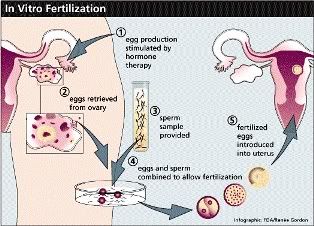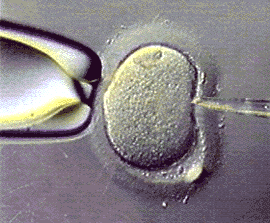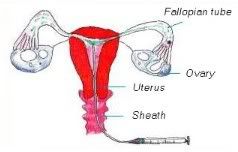
Some Options Are:
- For ovulatory dysfunction, many women begin treatment with medication to over stimulate the ovaries to ovulate.
- Drugs like Clomiphene are used which cause the woman to superovulate. Timed intercourse is recommended for 5 to 10 days after treatment.
- Multiple births are a risk factor in this treatment as more than one egg is released.
- For tubal occlusions, there are procedures which may be performed to repair the occlusion, but these procedures run the risk of causing scar tissue as well.
- It begins with daily injections of gonadotropins to stimulate the ovaries to ovulate many oocytes, these oocytes are then harvested from the woman and are either exposed to sperm cells isolated from the man for natural penetration by the sperm, or a single “perfect” sperm is injected directly into the oocyte.
- The fertilized egg is then incubated for 3 – 5 days and if development is proceeding normally, is implanted into the woman’s uterus.
- IUI – intrauterine injection – for men with a semen abnormality IUI may be performed.
- If these treatments are unsuccessful, or unavailable to the infertile couple they may wish to look into donor eggs, donor sperm, surrogacy, or adoption





No comments:
Post a Comment